India: Tata Motors launches Harrier.ev as its flagship EV
The Harrier.ev is a derivative of the ICE Harrier, which Tata Motors developed on a heavily modified version of JLR’s D8 platform. The company adopted some fundamental changes while converting the Harrier into an EV. Unlike the donor model, the Harrier.ev is a predominantly RWD vehicle. Another major difference is a multi-link rear suspension with Frequency Dependent Damping (FDD) for enhanced comfort.
Tata Motors offers the Harrier.ev in RWD and AWD variants. In the RWD variant, it uses a permanent magnet synchronous motor (PMSM) that produces 175 kW and 304 Nm of torque. In the AWD variant, the company adds an induction motor producing 116 kW and 164 Nm of torque in the front. Moreover, a boost mode allows the driver to temporarily increase the torque of the rear motor to up to 340 Nm in the AWD variant. This combination results in 291 kW of system power
and 504 Nm of system torque. With the boost mode engaged, the Harrier.ev AWD accelerates from 0 to 100 kph in just 6.3 seconds.
The Harrier.ev is the only model with AWD capability in the Tata Motors line-up, and the company is pitching it as a perfect fit for customers who enjoy adventures off the beaten path. The electric SUV has a 25.3º approach angle, a 16.6º breakover angle, and a 26.4º departure angle and can conquer grades of up to 47%. The driver can choose from six terrain modes: Normal, Sand, Mud Ruts, Snow/Grass, Rock Crawl, and Custom. A transparent chassis view system allows them to monitor the terrain directly beneath the EV, helping avoid unseen obstacles.
Tata Motors offers two LFP battery pack options for the Harrier.ev: 65 kWh and 75 kWh. The latter delivers a range of up to 627 km in the RWD variant, as per Modified Indian Driving Cycle (MIDC).
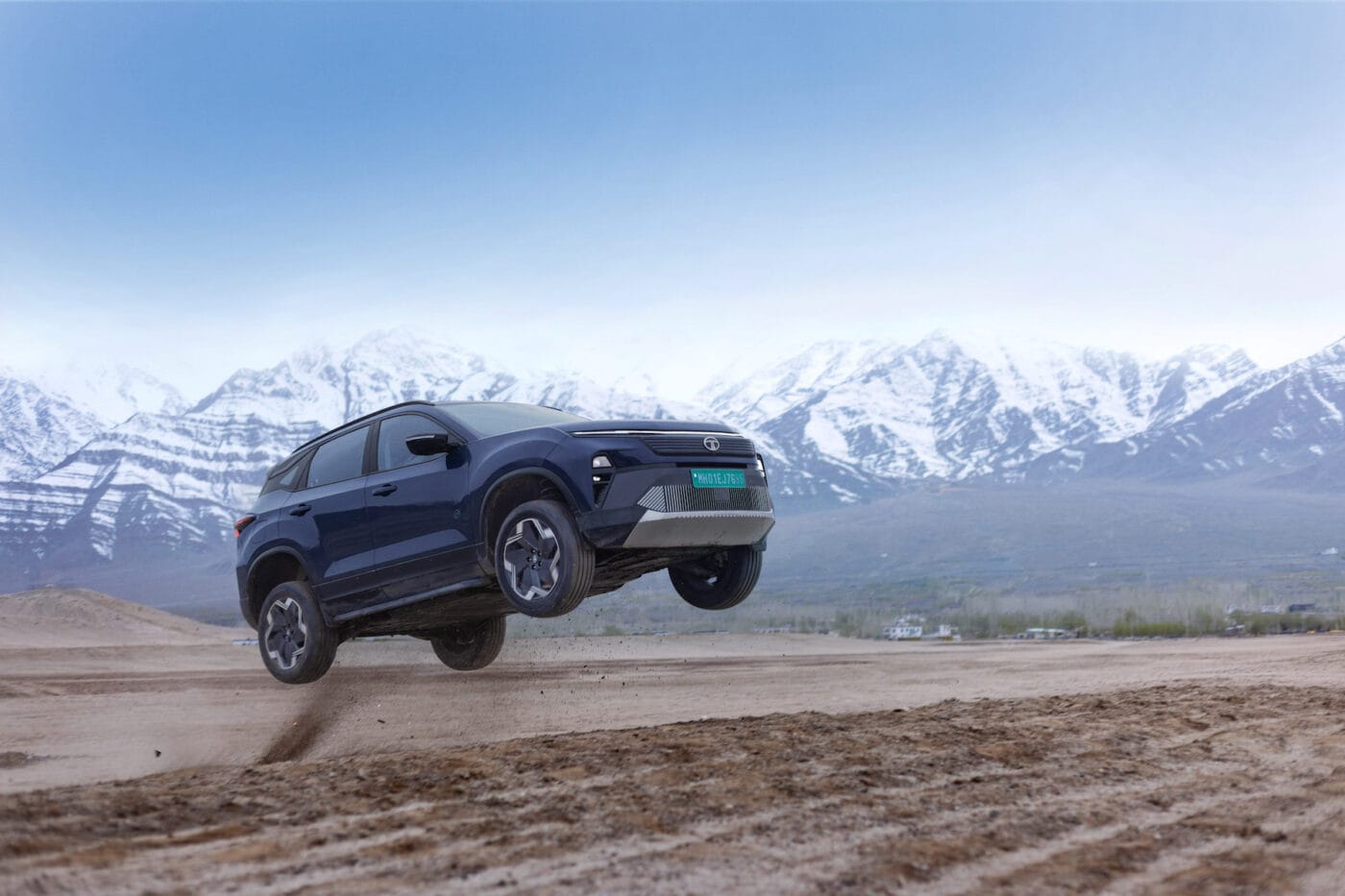
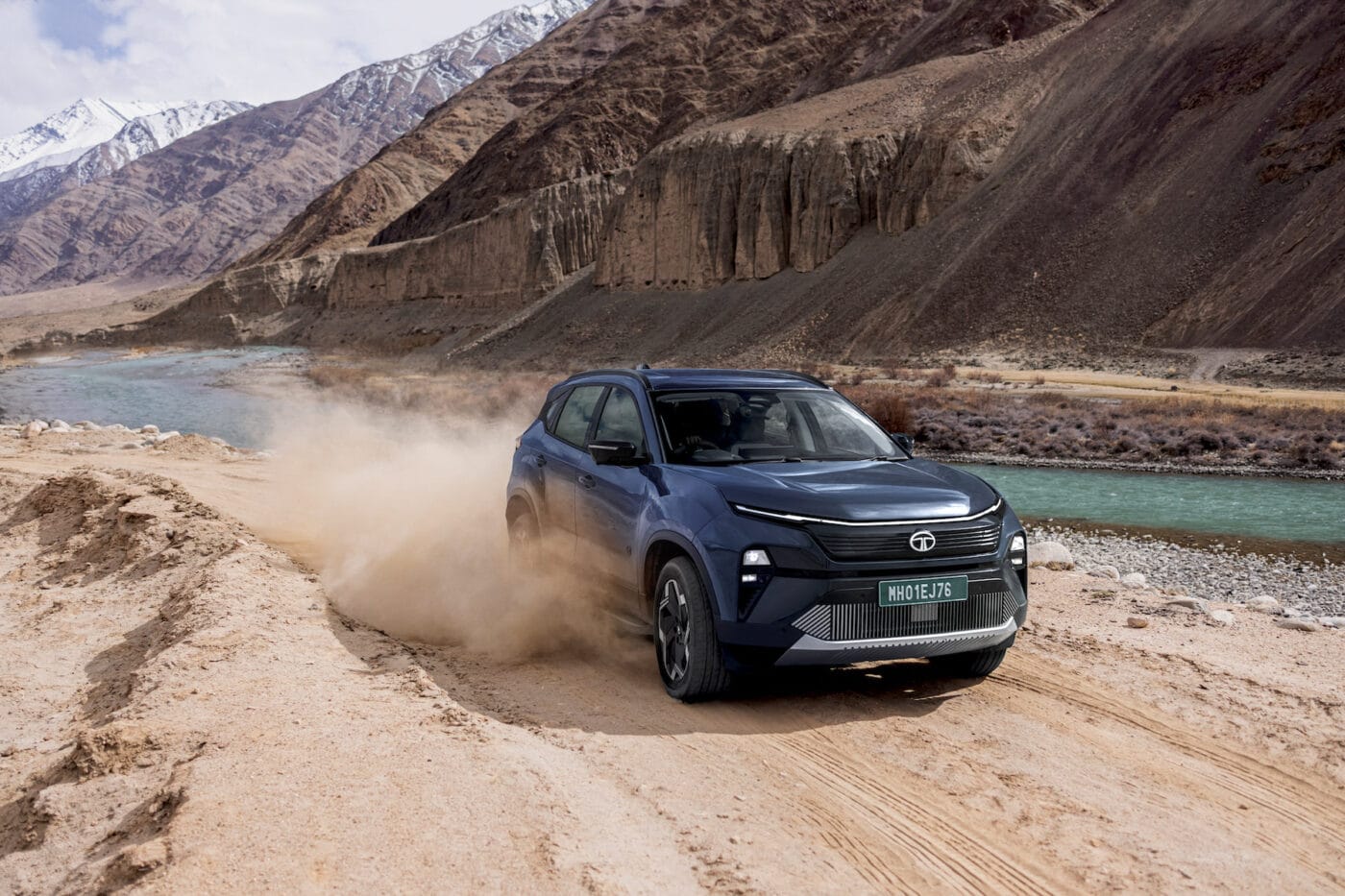
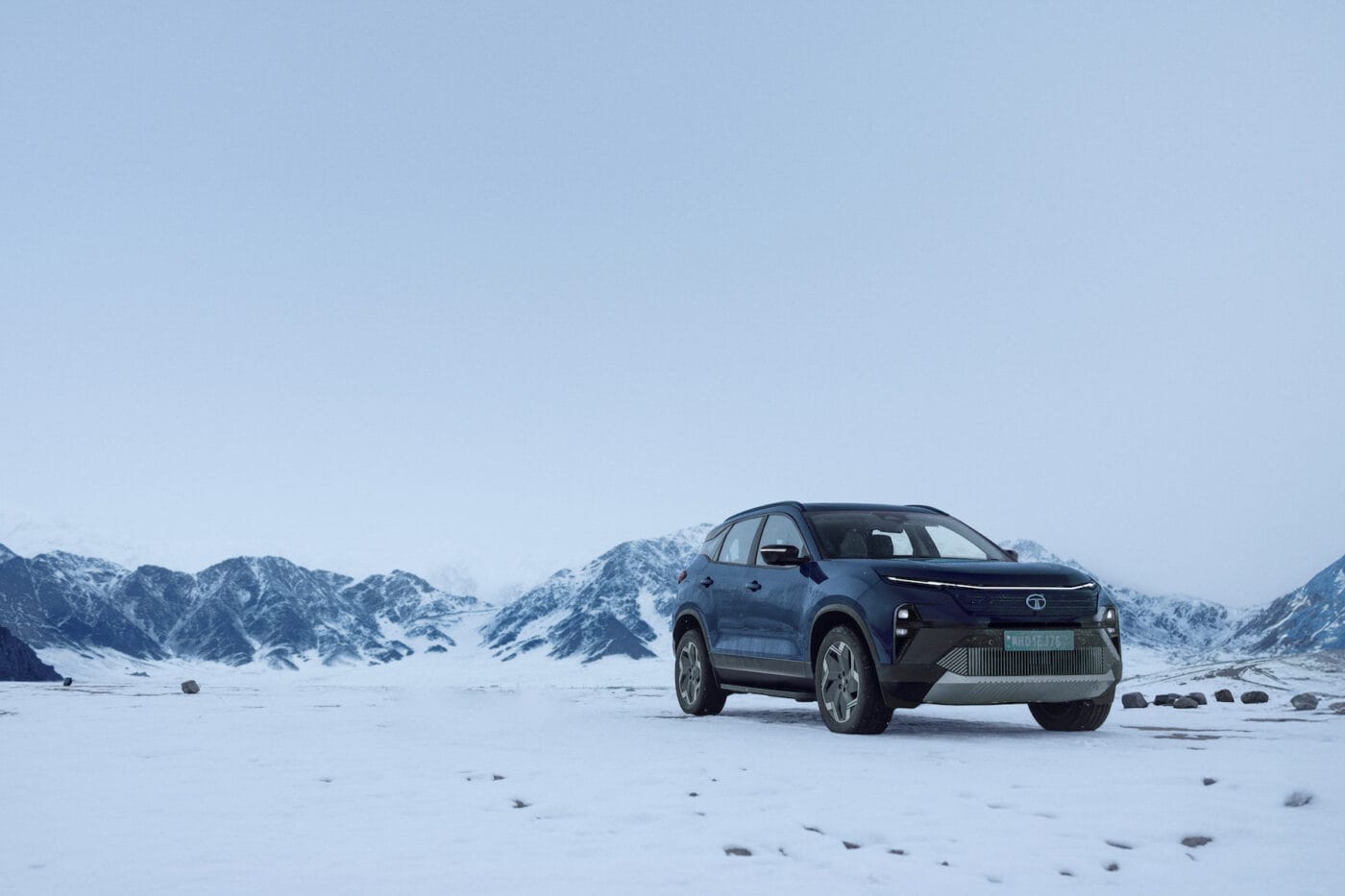
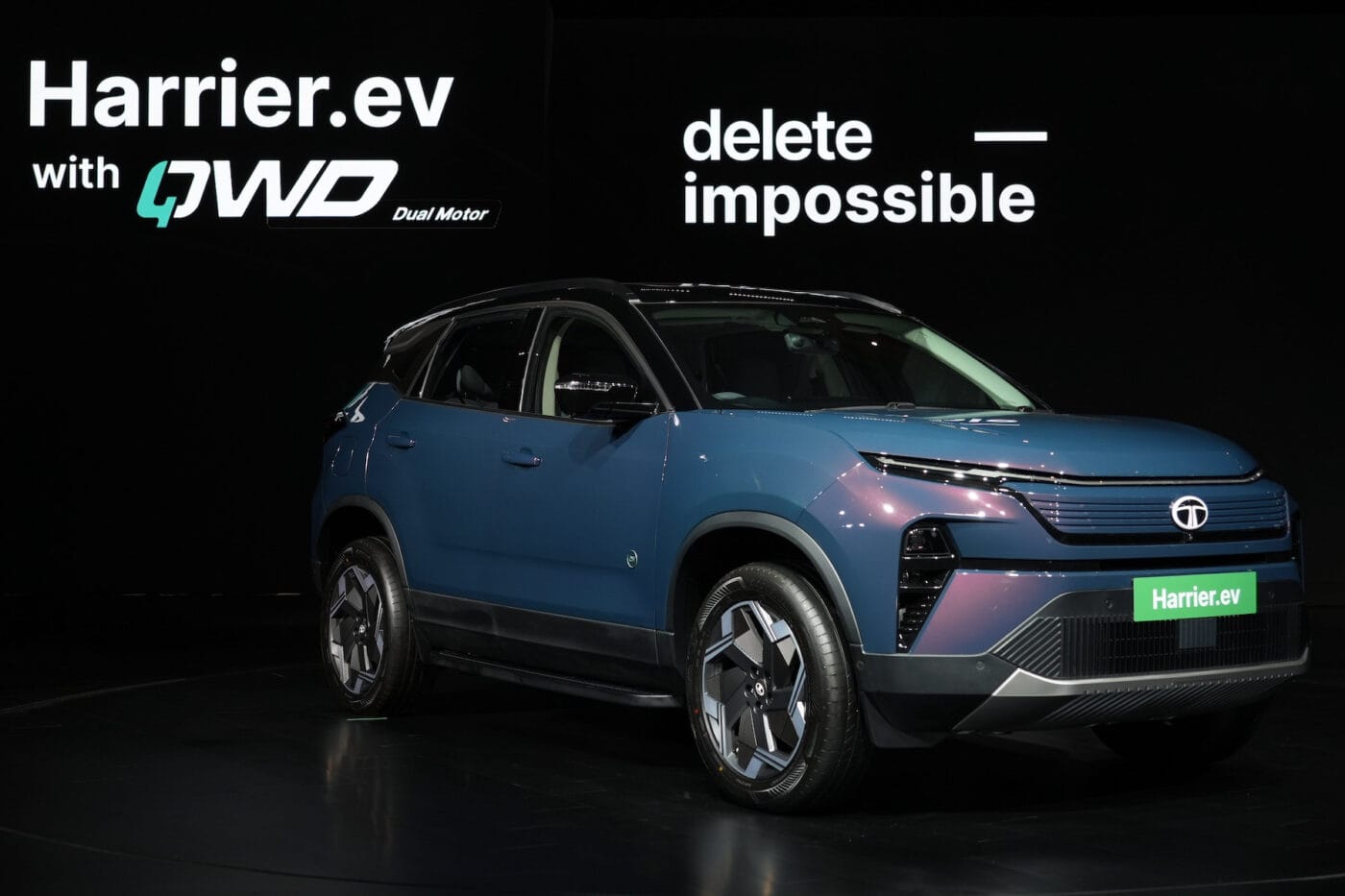
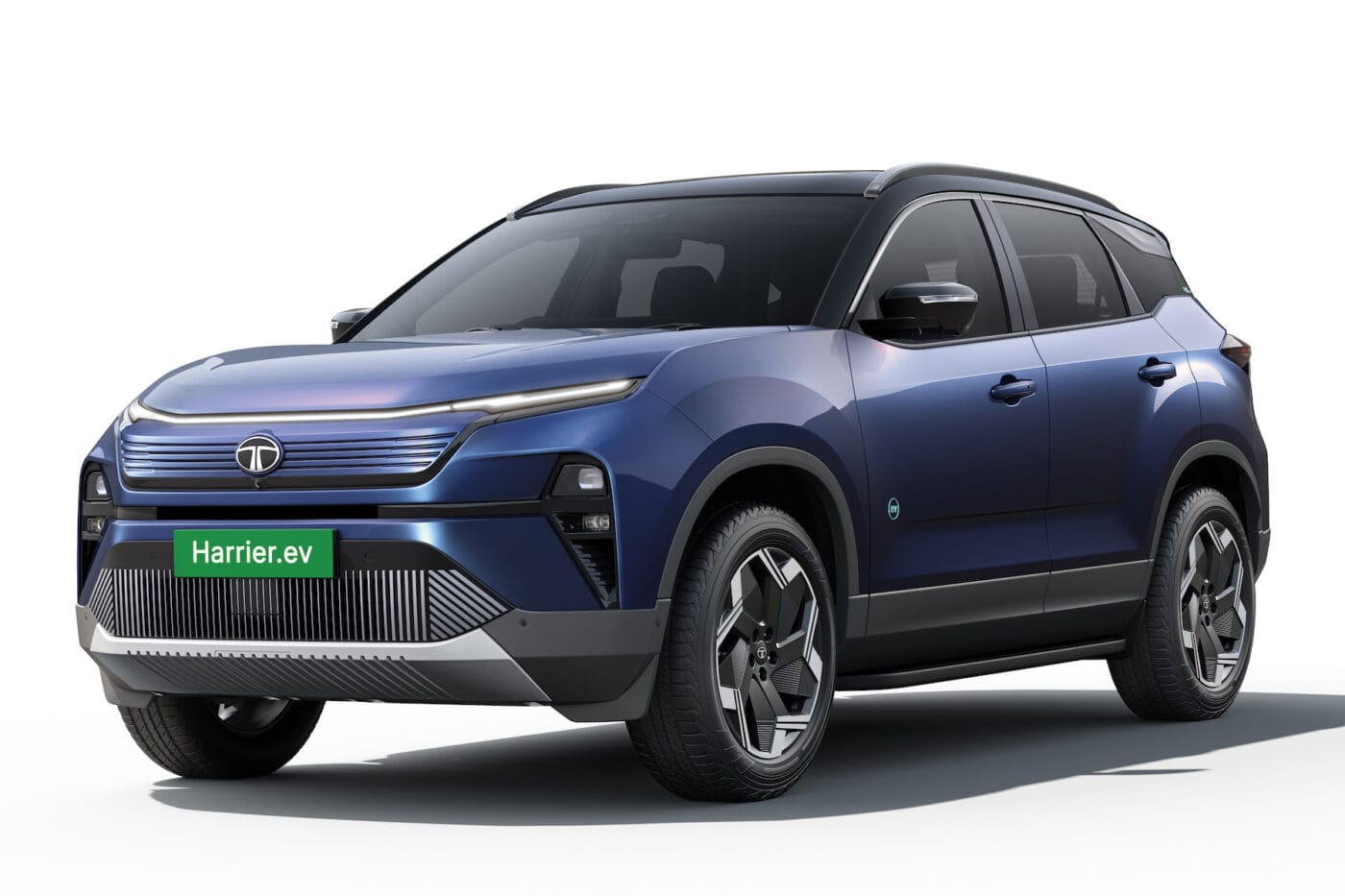
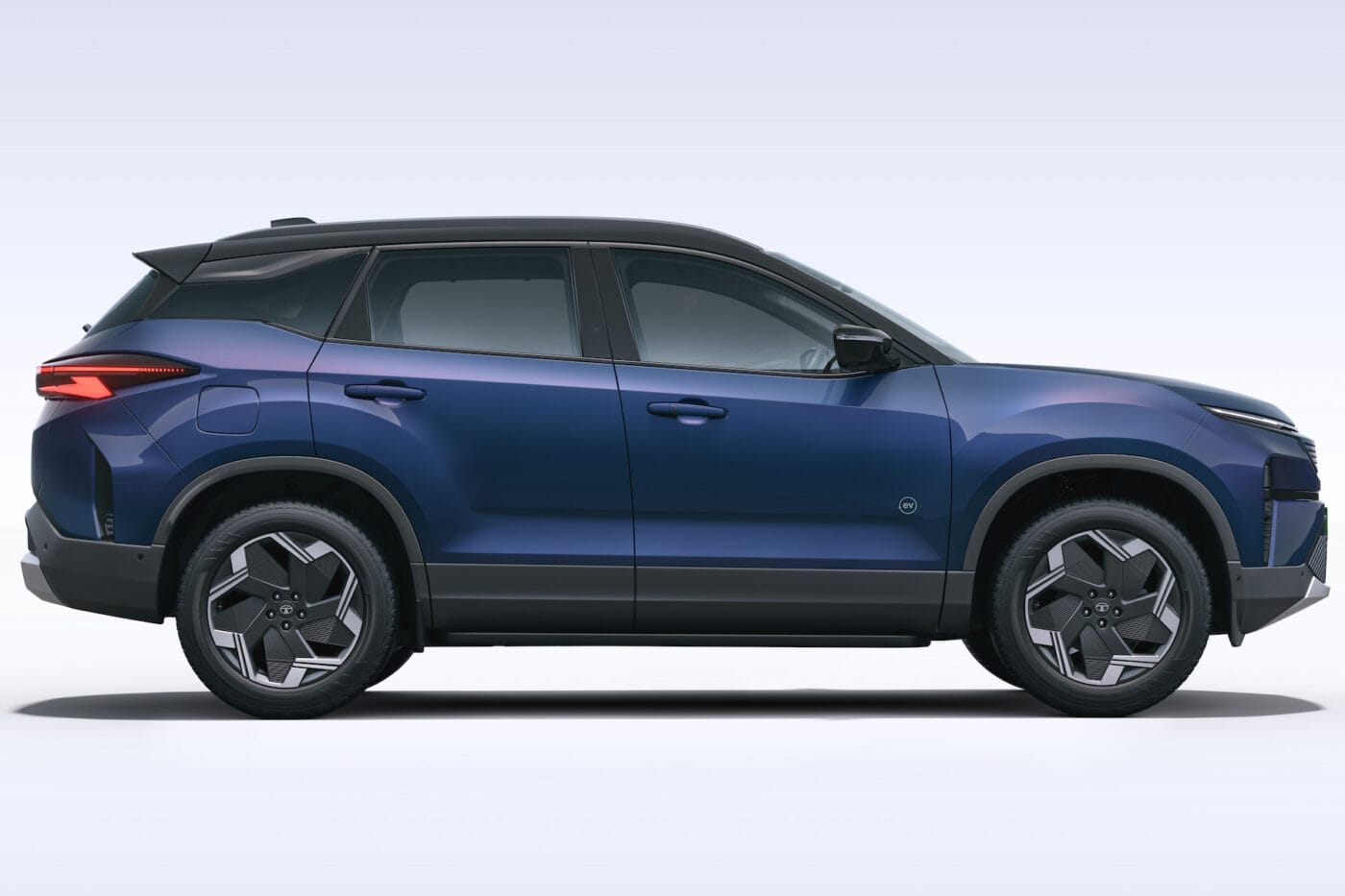
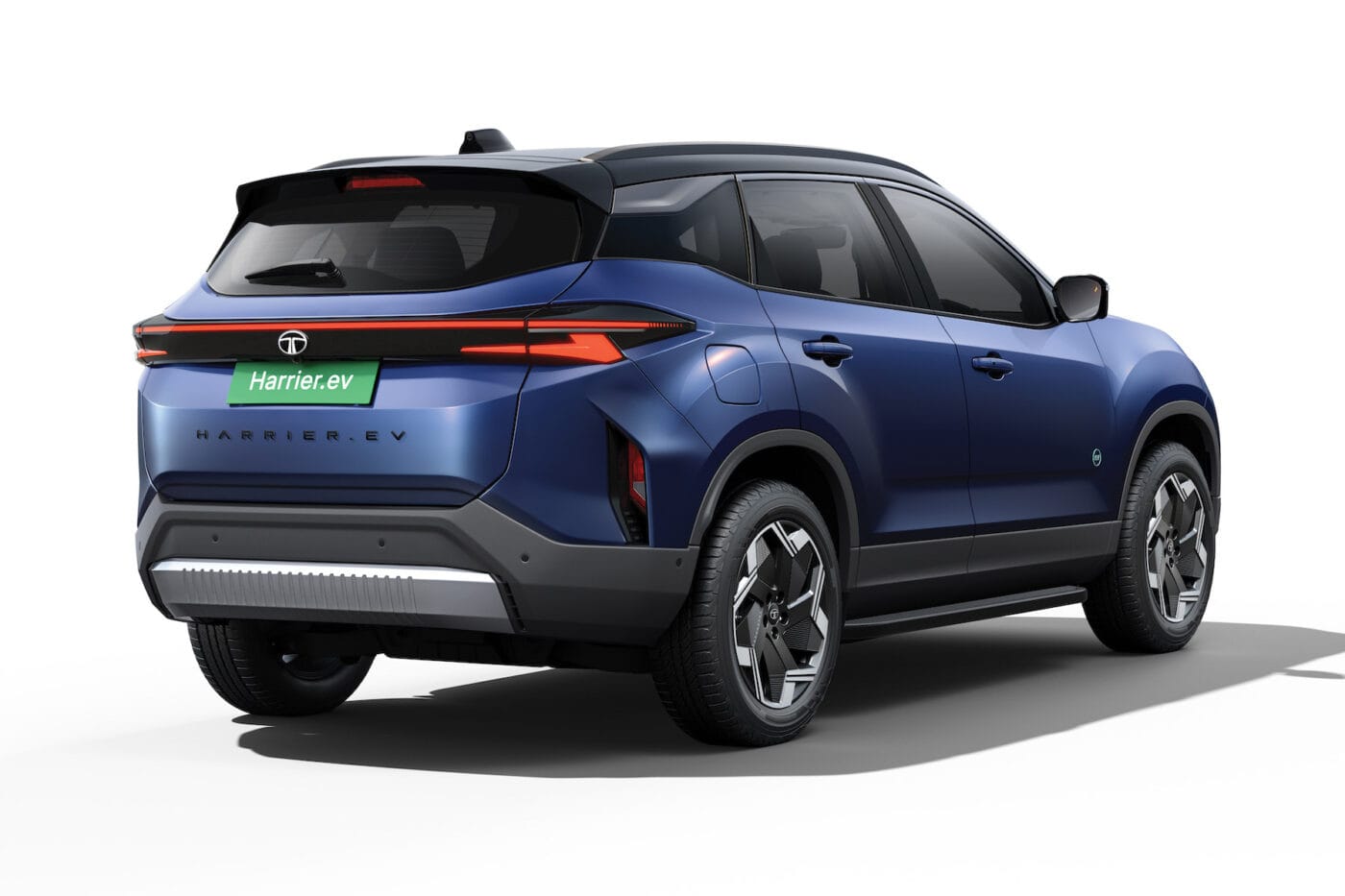
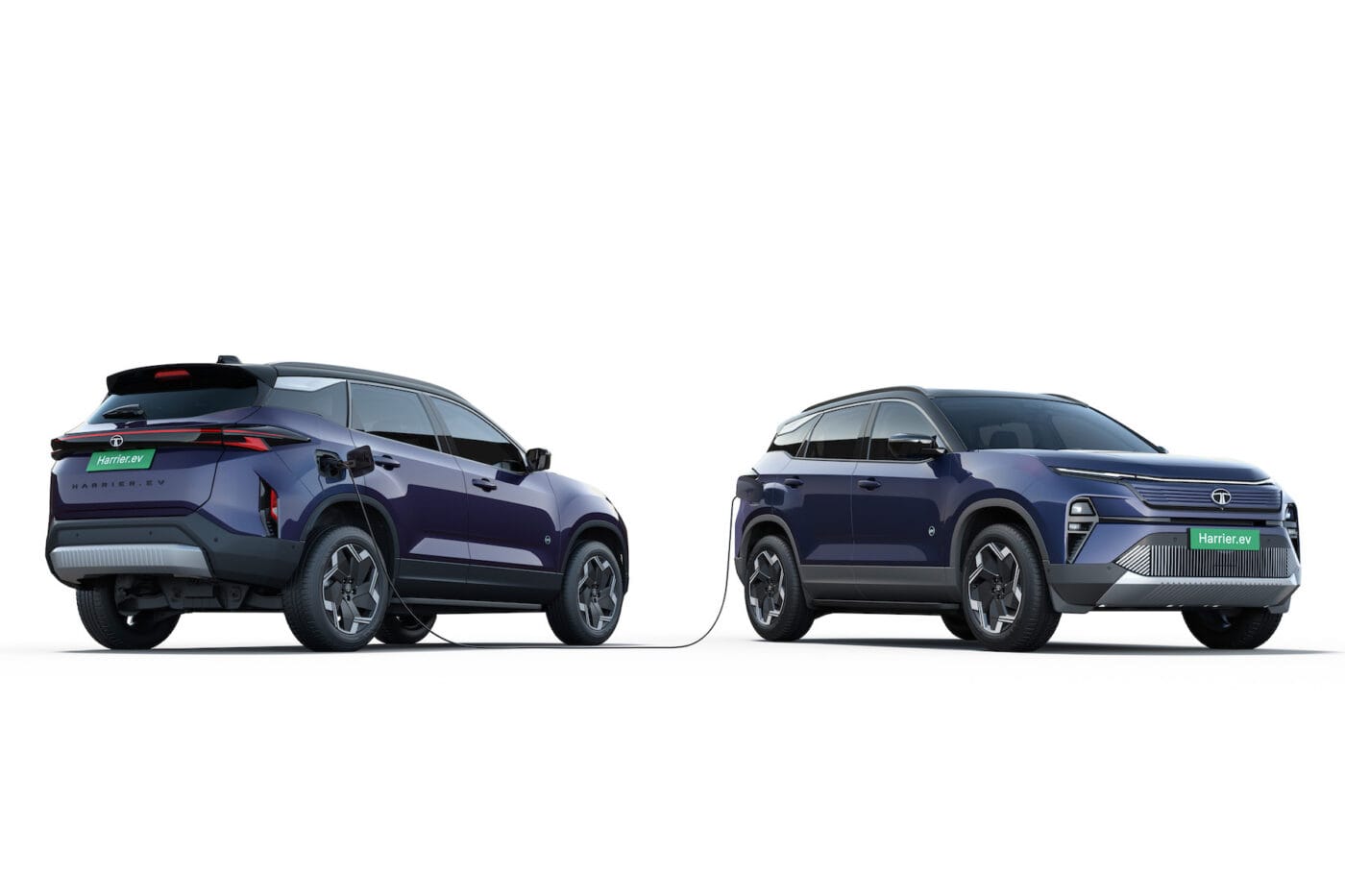
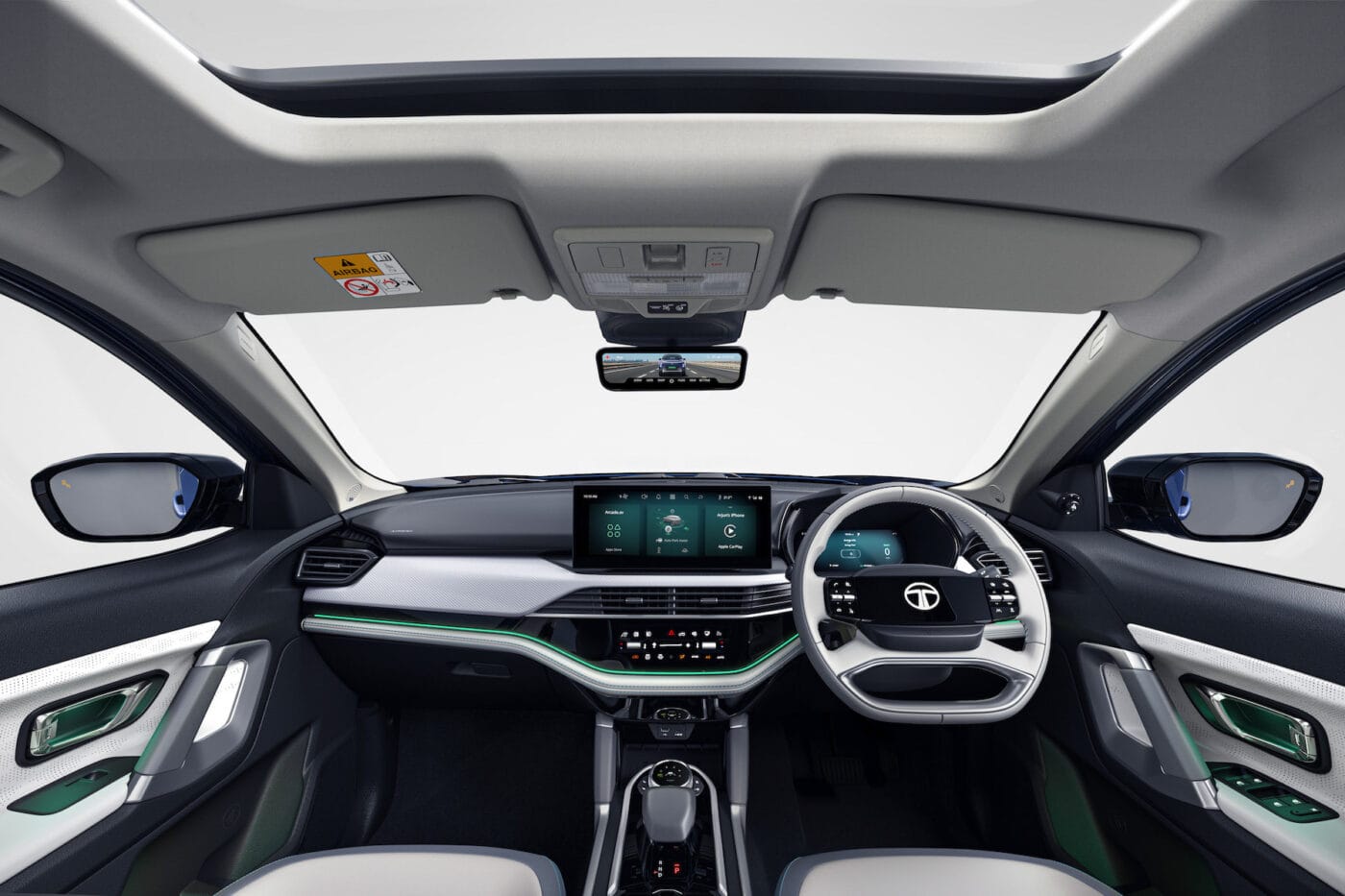
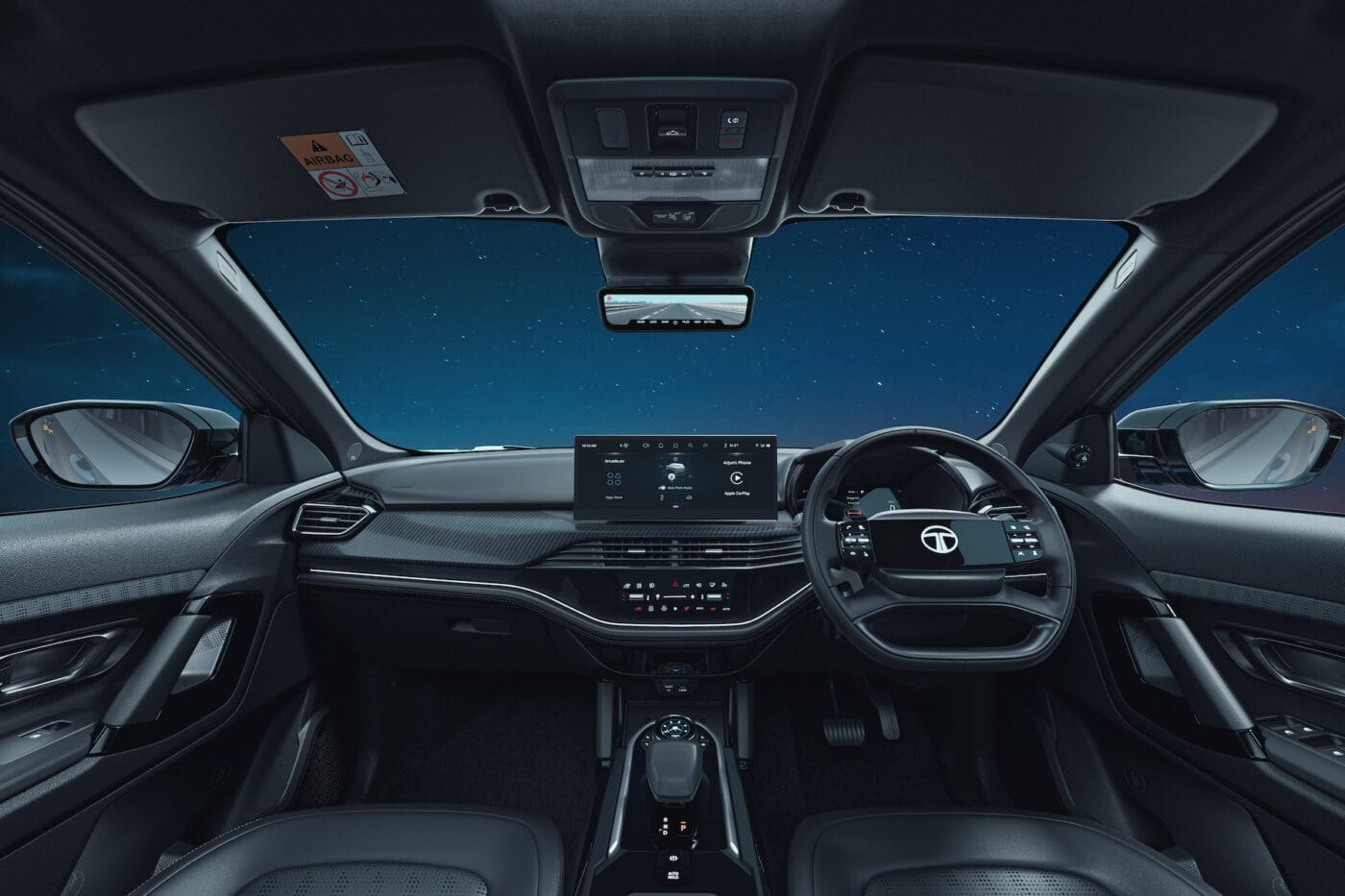
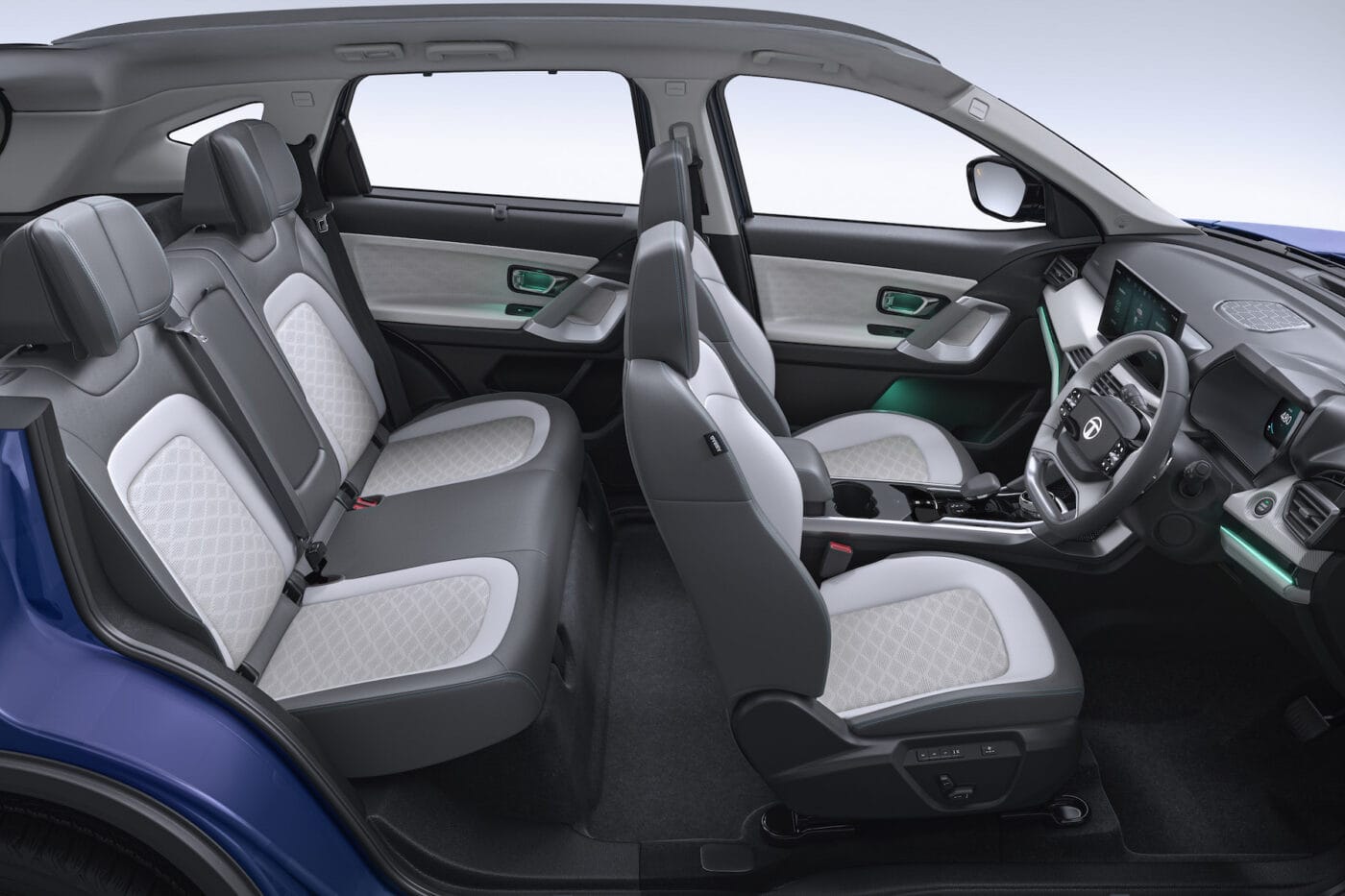
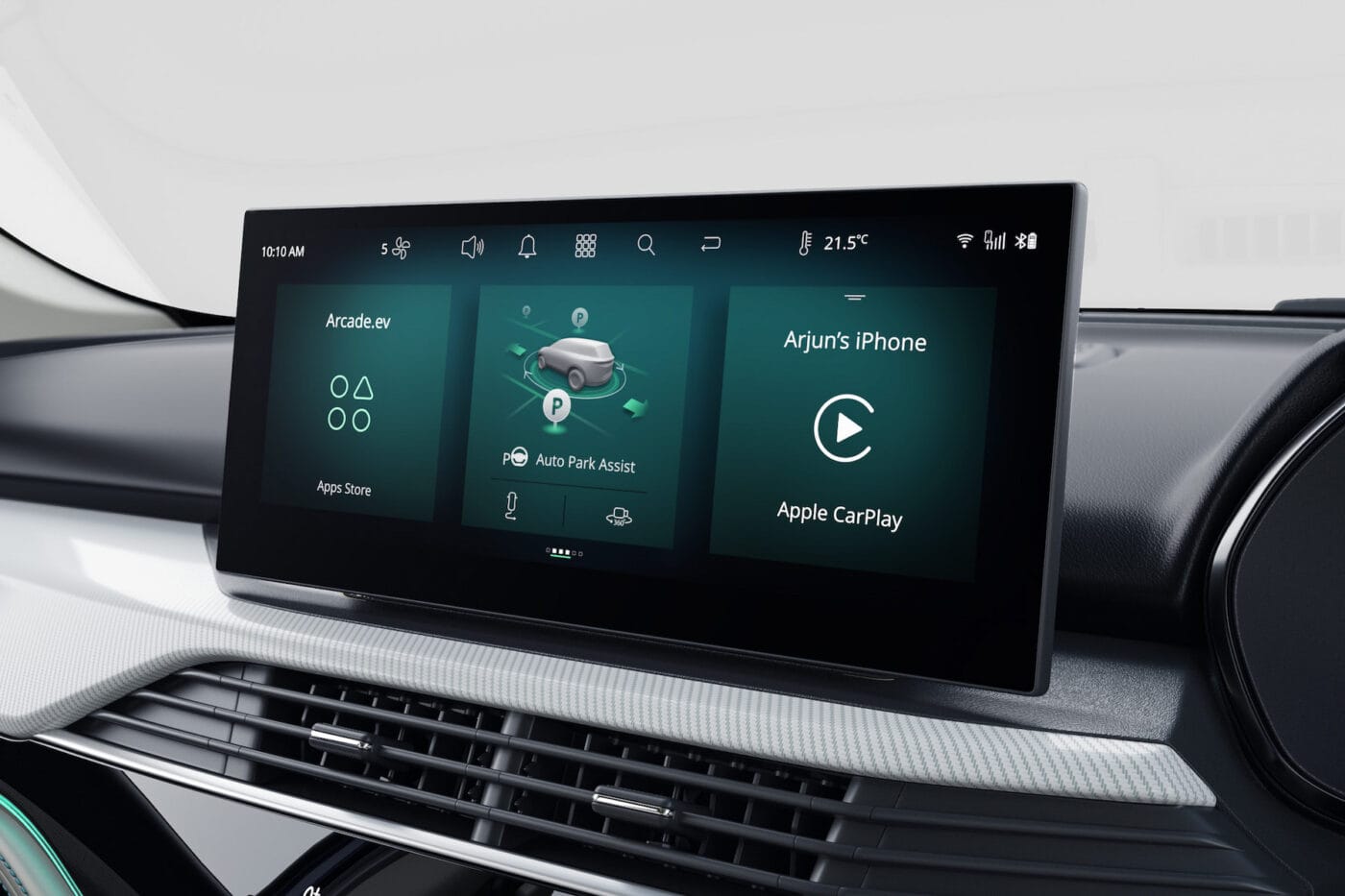
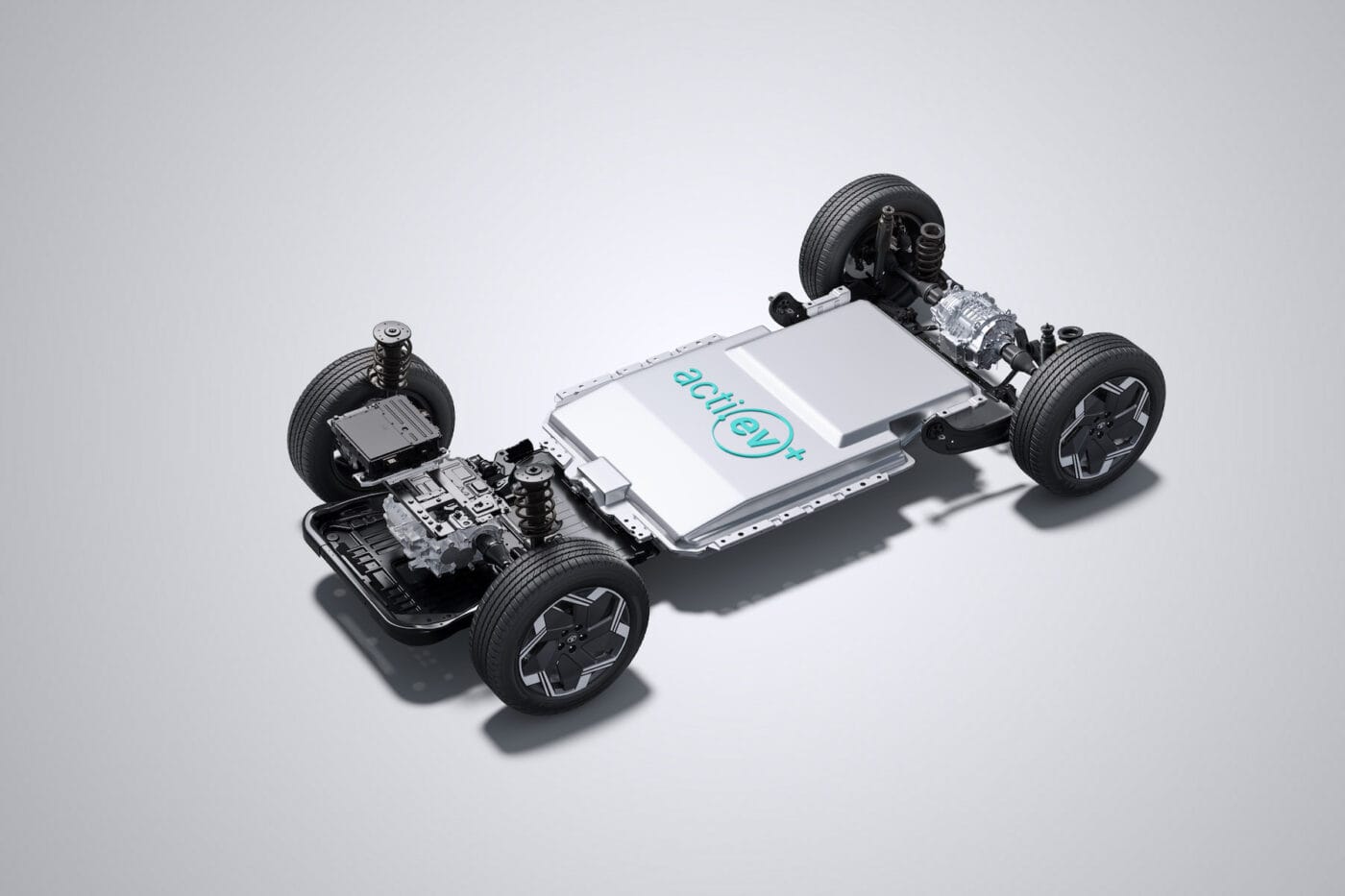
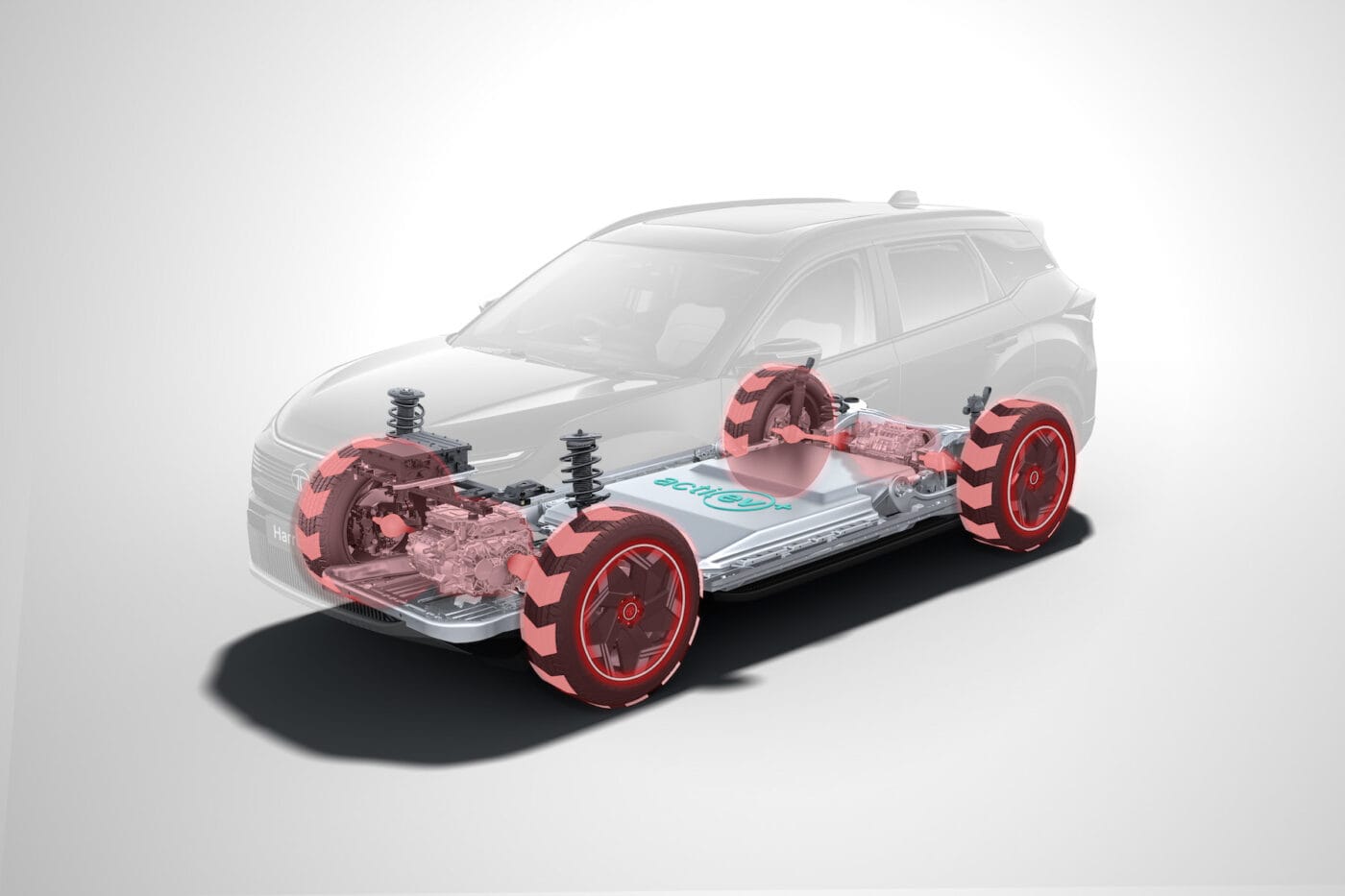
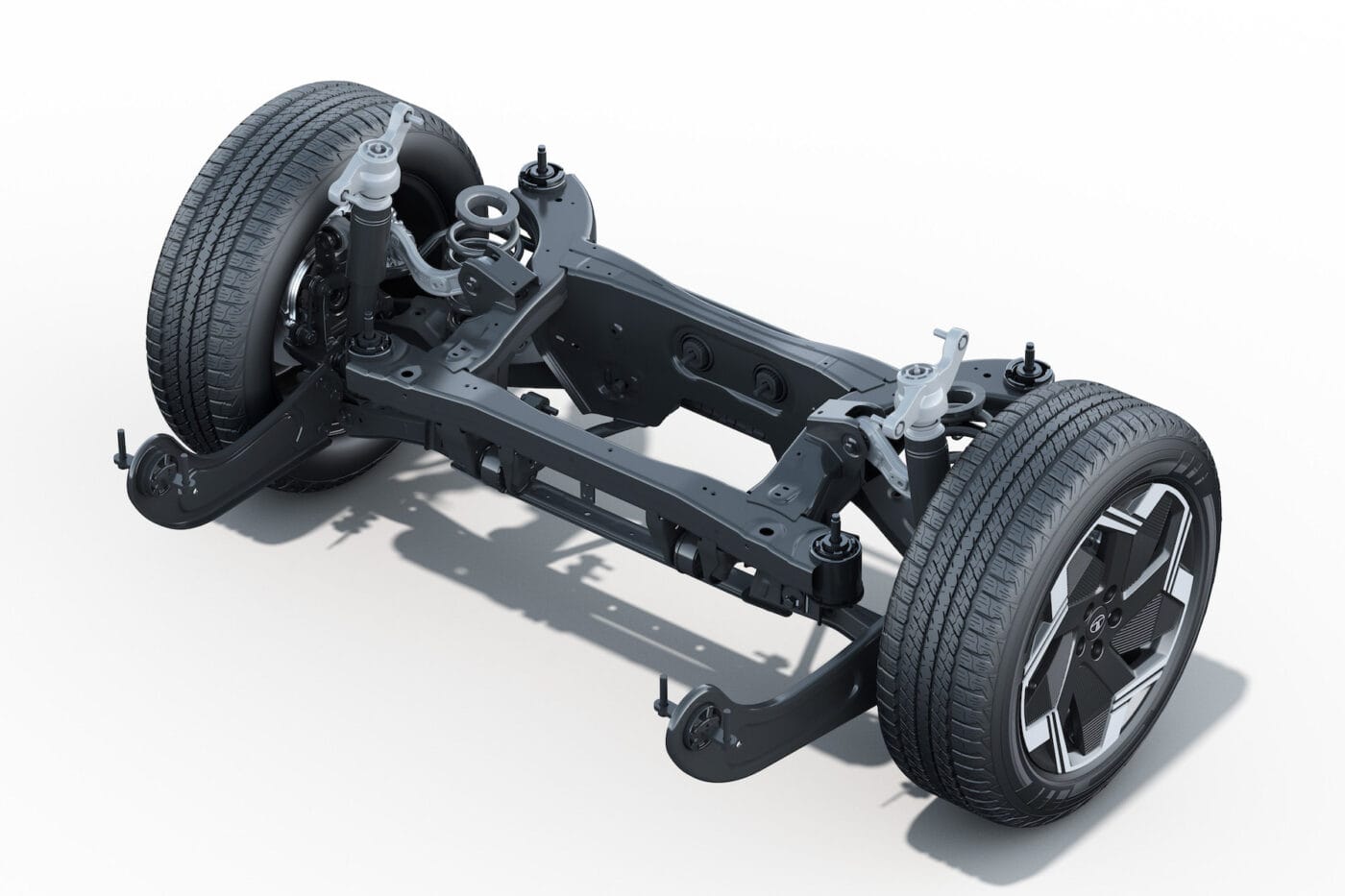
Tata Motors expects the real-world range of this configuration to fall somewhere between 480 and 505 km. The AWD variant is almost just as efficient, delivering an MIDC range of 622 km with the 75 kWh battery pack. The company has yet to release the range of the other configurations with the 65 kWh battery pack.
Specifically for the 75 kWh LFP battery pack, Tata Motors says the Harrier.ev takes around 25 minutes for a 20-80% charging session via a 120 kW DC charger and 10.7 hours for a 10-100% charging session via a 7.2 kW AC charger. The new electric SUV supports vehicle-to-load (V2L) and vehicle-to-vehicle (V2V) bi-directional charging functions as well, at up to 3.3 kW and 5 kW, respectively.
Tata Motors differentiates the Harrier.ev from its ICE donor model with several advanced features. The company uses the world’s first Samsung Neo QLED mini LED display with full array local dimming (FALD), measuring 14.5 inches diagonally, for the infotainment system. Another world-first feature is a 5.1-channel, 10-speaker JBL Black sound system with Dolby Atmos spatial audio
experience. The Harrier.ev also features a frunk, Auto Park Assist (APA), Remote Park Assist (RPA), a summon mode, UWB-based digital key, an India-first Unified Payments Interface (UPI)-based in-car payment solution, HD digital IRVM with built-in dashcam functionality, and a 10.25-inch digital instrument cluster with map view.
As part of an introductory offer, Tata Motors will sell the Harrier.ev at ex-showroom prices starting at 2.149 million rupees (approximately 22,000 euros). The company plans to open bookings on 2 July. To instill confidence and give complete peace of mind, the company will provide first owners in case of private registrations a lifetime, unlimited-kilometre warranty on the battery pack.
Update 7 July 2025
Tata Motors has started production of the Harrier.ev at its Pune plant, with the first customer deliveries scheduled for this month. The Harrier.ev is available in Quad Wheel Drive (QWD) and Rear Wheel Drive (RWD) configurations and comes in four colour options: Nainital Nocturne, Empowered Oxide, Pristine White, and Pure Grey. A STEALTH Edition with matte black exterior and black interior is also offered.
Built on Tata’s acti.ev+ architecture, the QWD variant features a dual-motor setup delivering high torque and fast acceleration. Key features include a Harman display powered by Samsung Neo QLED, Dolby Atmos sound, and a 540° Surround View system to eliminate blind spots, including beneath the vehicle.
Tata Motors describes the Harrier.ev as its most powerful and capable SUV to date. It says that production follows a strong market response and a robust booking pipeline.

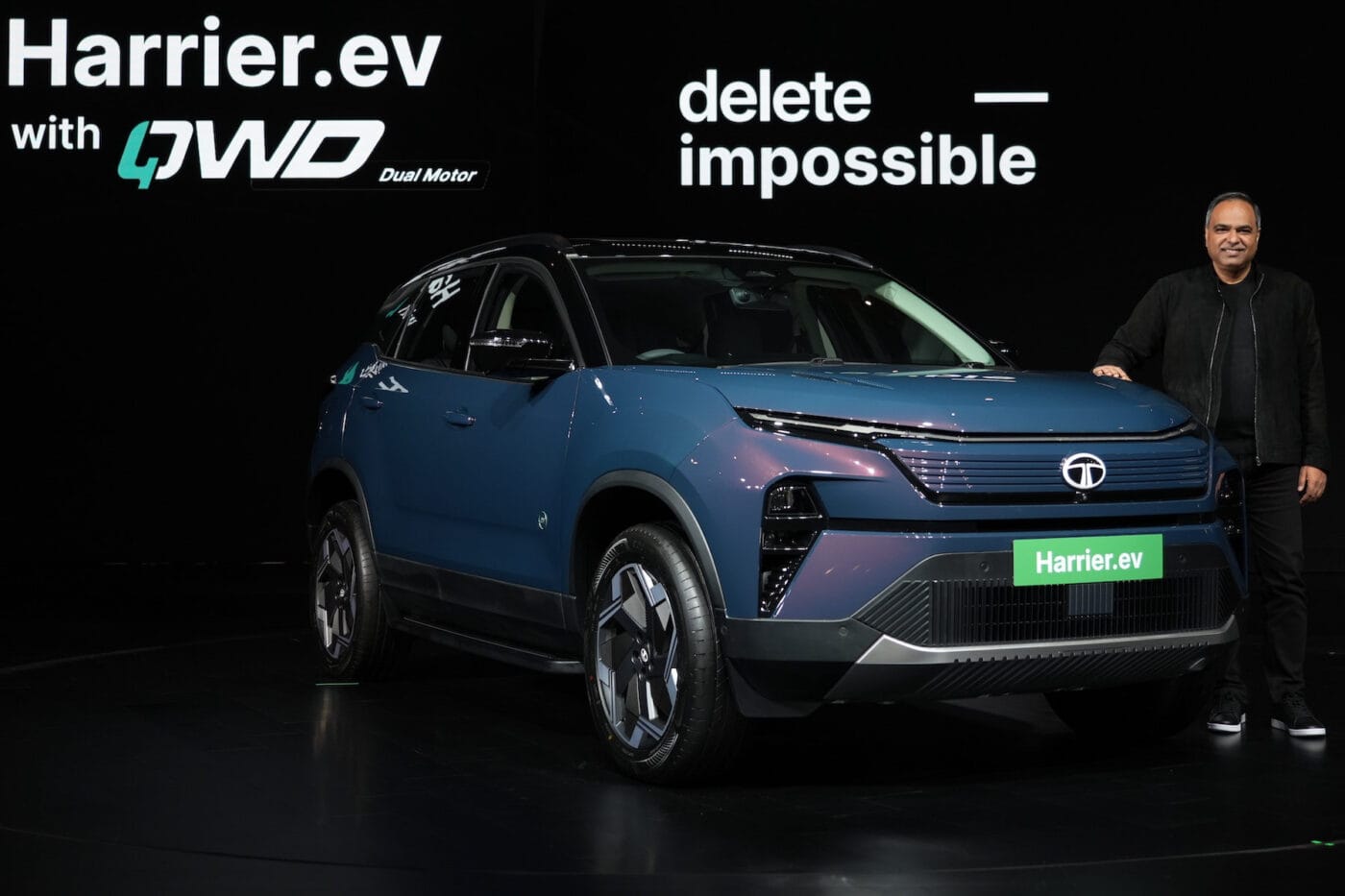
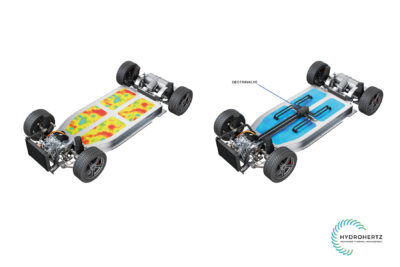
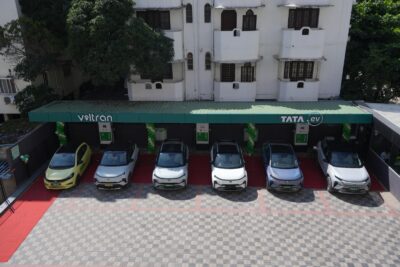
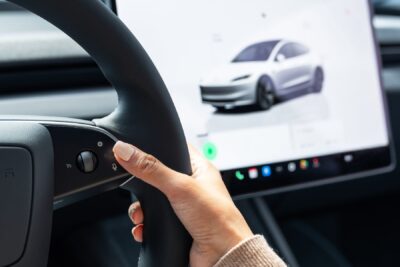
2 Comments